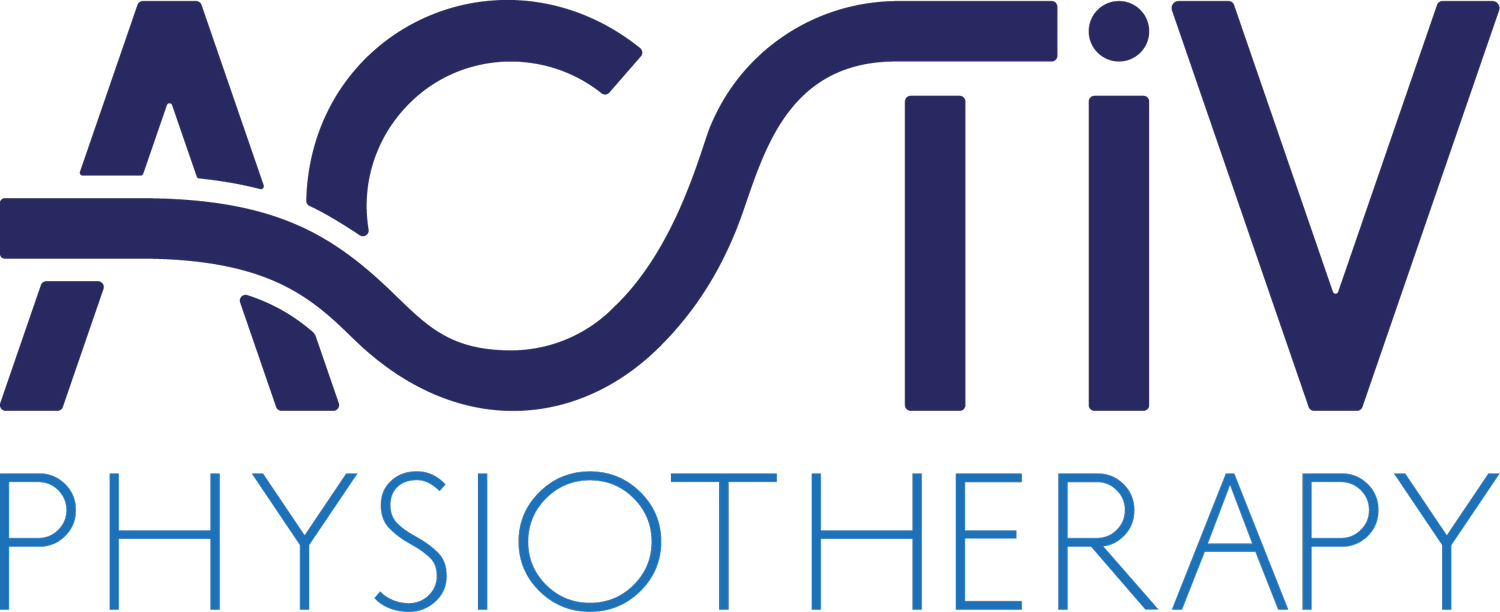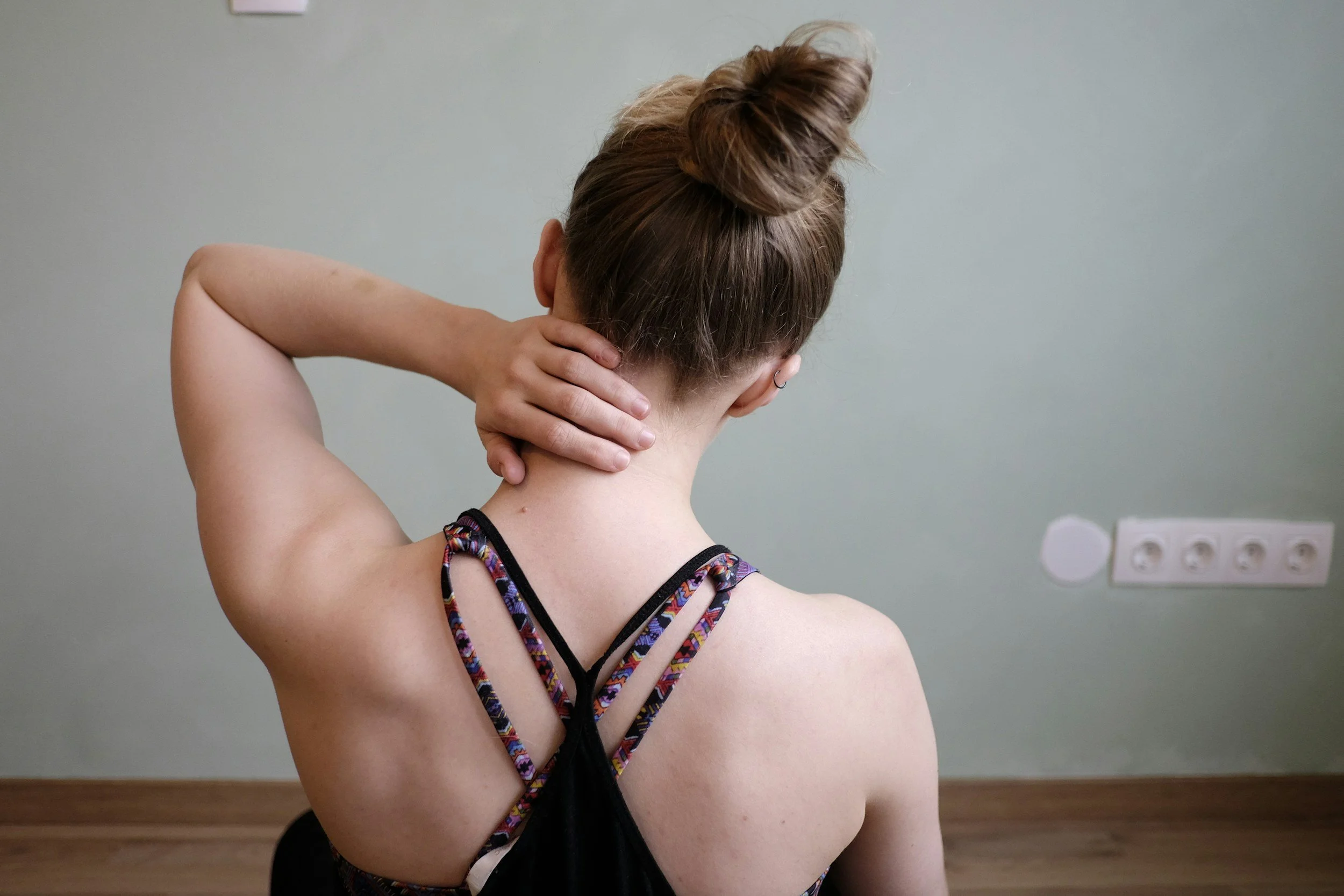Explaining Thoracic Outlet Syndrome (TOS)
I thought I'd share an interesting case that I dealt with recently that really made me think about digging deeper when the usual MSK suspects don't quite add up!
A 26-year-old active gym-goer came to see me with a 12-month history of discomfort around his left shoulder, lateral trunk and upper limb. There was no obvious trauma to blame, just a gradual onset of symptoms. My patient did mention 'possibly overdoing it' at the gym during press bench exercises, but he could not recall anything specific. He'd seen a First Contact Practitioner (FCP) before and was told the issue was 'postural'. So, he tried postural exercises and strengthening work but, frustratingly, there was no real improvement.
We had a proper chat to delve deeper. He described:
Persistent tightness in the left shoulder/neck area.
A general ache down into his left hand – especially after workouts.
A weird sense that his shoulder was 'out of position; or just 'wonky' – his words!
No sharp pain or pins and needles.
More heaviness and that classic 'pumped' feeling in the affected arm post-exercise, compared to his other arm.
No temp changes or clear neuro signs.
Now here's where it got interesting!
On physical examination, the radial pulse vanished completely with neck extension, inspiration and head rotation. Add to that, some mild hand discolouration and that warrants immediate attention because of possible vascular compression through the thoracic outlet.
Given how long this had been going on, plus those subtle vascular signs, I referred my patient to his GP for scans. In such cases, where a lot of red flags are present, the NHS works very quickly and they usually see the patient within 24 to 48 hours. I recommended further investigations and a specialist referral. A consultant was sent a letter with the patient's in-depth history. In the meantime, the patient is continuing treatment with a focus on scapular mechanics, postural control and soft tissue release which is yielding great results for him.
The takeaway – what you should know about TOS.
This case was a great reminder that:
Not ALL shoulder or neck discomfort is just a postural issue.
Sometimes, such discomfort can point to something a little more complex like Thoracic Outlet Syndrome (TOS). So what does that mean for you as a patient?
Here's the useful bit!
TOS happens when nerves or blood vessels get compressed as they pass through the space between your collarbone and first rib (aka the Thoracic Outlet). This can cause a mix of symptoms in the shoulder, arm and hand, especially during or after activity.
Red flags to watch out for:
It's important to get yourself checked out if you are experiencing any of the following:
Ongoing tightness or discomfort in your neck, upper shoulder or chest (especially one-sided).
A heavy or 'pumped' sensation in your arm after lifting, carrying or gym work.
A feeling that your arm is 'dead weight' or your shoulder or is not 'sitting right'.
Hand discolouration or swelling during or after activity.
Symptoms that don't improve with typical stretching or strengthening exercises.
Useful tips:
Posture matters – but movement matters more. Avoid long periods in one position (for example,hunched over a desk or steering wheel). Try to reset your posture every 30 to 60 minutes.
Avoid excessive overhead loading or repetitive heavy lifting, especially in the gym. Gradually build up strength and control before 'going heavy'.
Focus on shoulder blade positioning – exercises that improve scapular stability (like all slides, serratus punches or rows) are good.
Don't ignore persistent symptoms. If discomfort sticks around for a week (or if your arm feels weaker, discoloured or 'odd' during exercise) get a proper assessment. Early detection of TOS makes a big difference to a patient's outcome.
Stretch smartly! Sometimes, overstretching the upper trapezius and pectoral muscles without strengthening can worsen things. A balanced approach is key.
So, remember, TOS is very manageable, especially when the condition is spotted early. Not all discomfort in the shoulder area is very serious, but it always pays to listen to your body and act before things become more chronic. If any of the described symptoms sound familiar, please don't panic! Just speak to your Hope or Totley physio and we will be able to help you.
The Activ Team have chosen Edale Mountain Rescue for this year’s charity fundraiser, and will be organising a team clinic-to-clinic walk from Totley to Hope in October.
If you would like to donate - click the link below!
LINK: Georgina Hollinrake is fundraising for Edale Mountain Rescue Team


